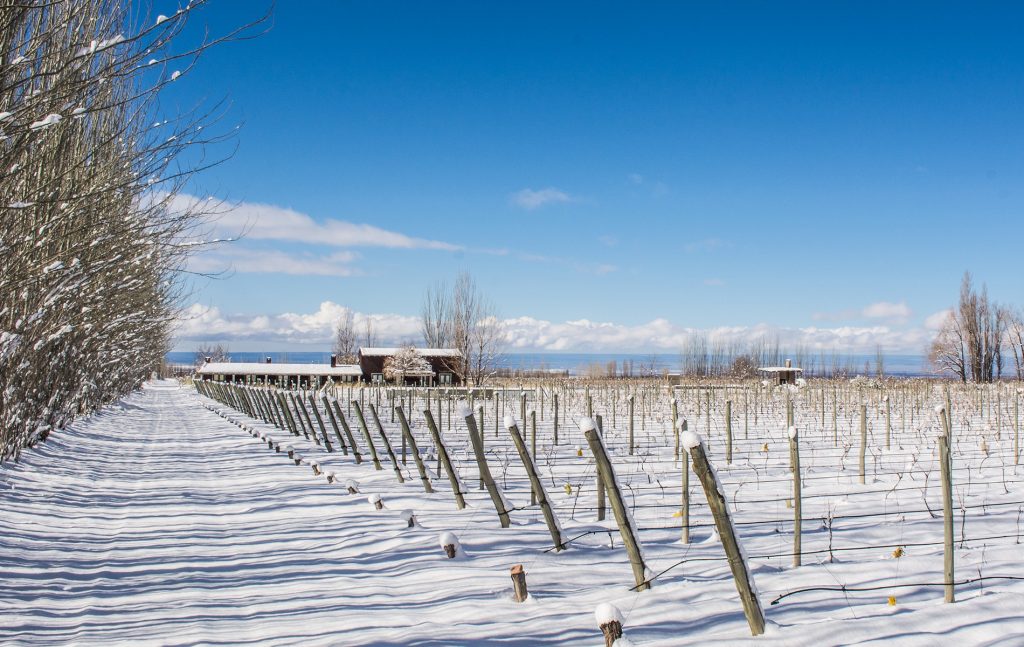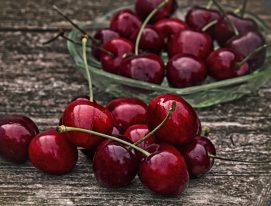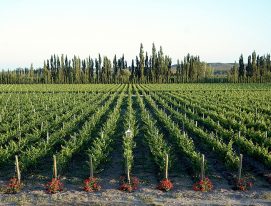There aren’t many words that carry the same weight on the Argentine wine scene as Gualtallary: today, it is synonymous with high altitude wines of character and refined power. Just a decade ago, however, it was barely known. Gualtallary Wines in Tupungato was one of the first to reveal the magical potential of wines produced there.
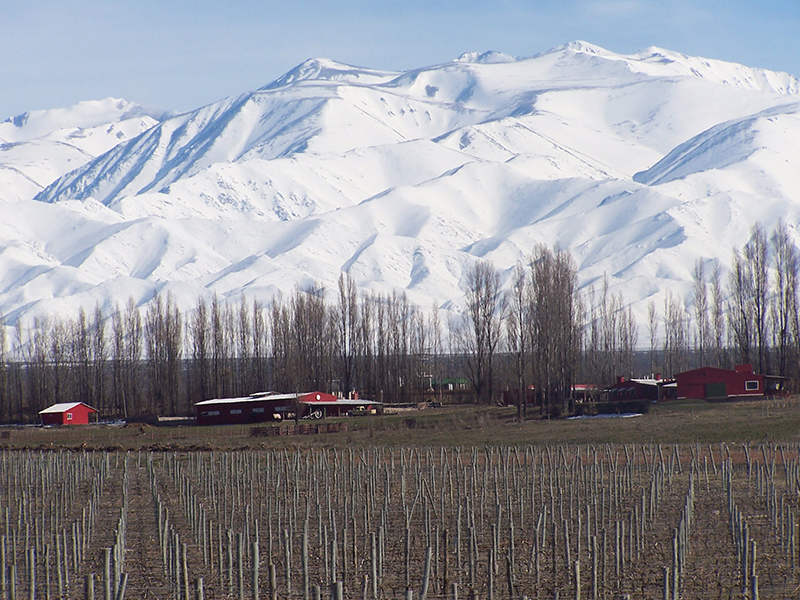
Gualtallary Wines, eyes fixed on altitude
It all started back in 1997 by the side of the now famous La Vencedora road, with a 5 hectare plantation at a height of 1170 meters (3800 feet).
At the time, this was the edge of the known world. Anyone trying to plant further up, to the Cristo Orante Monastery or the foothills of the Sierra del Jaboncillo for instance, was considered nuts.
The team at Gualtallary Wines initially thought similarly but, together with a group of other producers planting in the same area, they continued to be tempted by altitude and, as the years went on, they planted higher and higher, eventually establishing 70 hectares of vineyard right up to a height of 1500 meters (4900 feet). They built a lodge, set up a restaurant, constructed stone walls and also stables where about a hundred thoroughbreds now gallop over the sand and stone of Gualtallary.
And they built a winery to process the grapes with a capacity of 150 thousand liters a year and a cellar that can store 400 thousand liters. But they’re not finished yet: plans are being made for a vineyard at a height of 1800 meters (5900 feet) on virgin soil.
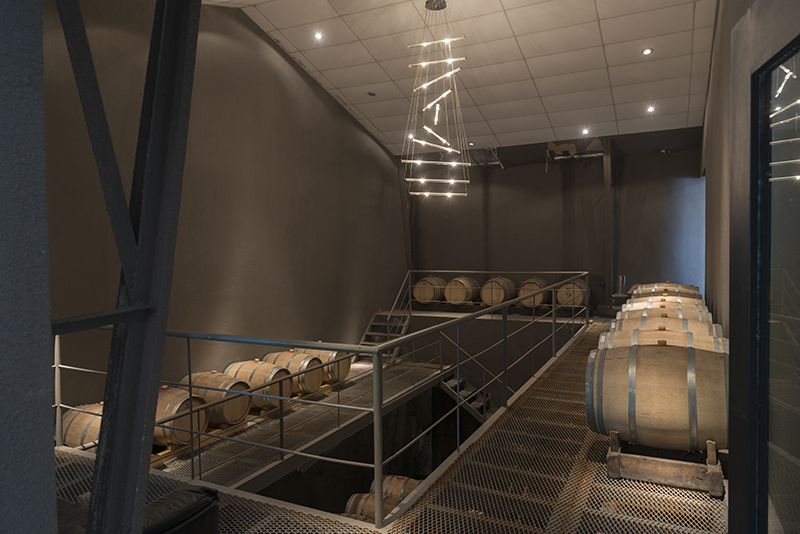
Pioneers of an excellent terroir
Where once it was an entirely unknown part of the Andean foothills, now Gualtallary, the mellifluous name is derived from the indigenous Huarpe language, conjures images of great wines.
As the oenologist Jorge Rodríguez, who oversees the wines at Gualtallary Wines, points out: “We are pioneers in the Gualtallary region and in the production of high altitude wines. Right from the start we focused on obtaining premium wines, offering optimal value for money in each of our lines and bringing out the natural characteristics and character of the varieties and this superb terroir, while also making sure to work in harmony with nature.”
They use their own Chardonnay, Cabernet Sauvignon, Cabernet Franc, Malbec and Merlot grapes to make wines that range from fresh to ripe with well-judged aging that reflect the conditions created by the high altitude and ample sunlight. The names of the two lines are Altus and Gualtallary.
Their bottles can be found all over the world, including Germany, Brazil, Poland, the USA, Italy, Poland, the UK, Russia and Taiwan.
And the tales of pioneers with vision doesn’t end there: the premises also boasts the La Tupiña restaurant where the Mendoza chef Lucas Bustos makes delectable dishes that bring out the transparent, energetic flavors of Gualtallary.
But even if a culinary visit isn’t feasible right now, the magic of this little corner of the Andes can be experienced in every bottle of Gualtallary or Altus. Their Malbec is a good place to start but there’s a much longer viticultural journey to enjoy after that.

